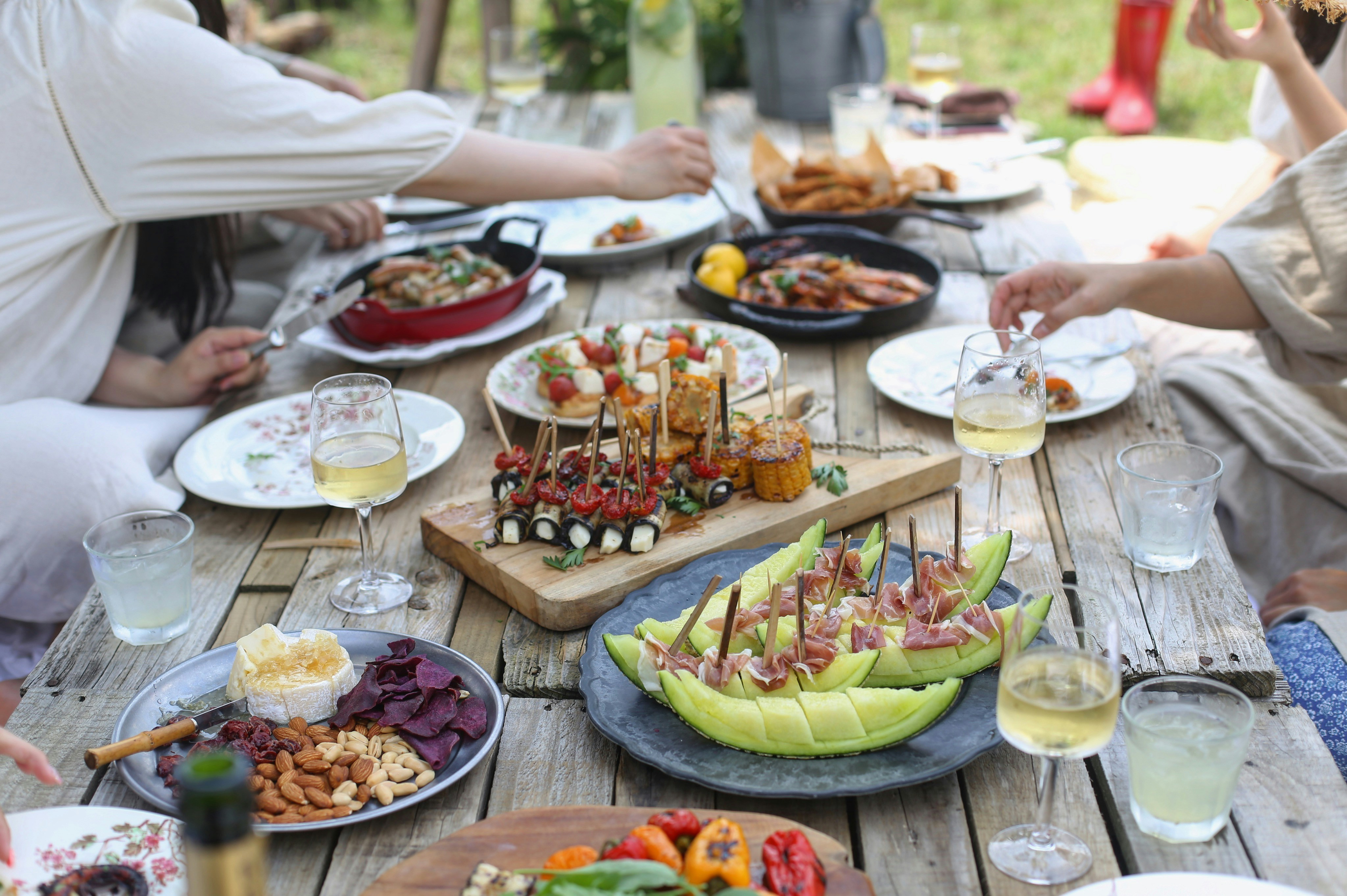Appetizers: Ideas for Food, Cooking, Party, and Recipes
Appetizers set the tone for a meal, whether a casual evening at home or a lively gathering with friends. They bridge the gap between hunger and the main course, offering a small, flavorful preview of what’s to come. Good appetizers balance texture and taste, are easy to eat, and take into account timing and dietary preferences. This article explores practical ideas for choosing, preparing, and presenting appetizers so you can focus on food that complements your menu and fits the occasion.

Appetizers: What makes a good starter?
A successful appetizer should be bite-sized or easy to share, flavorful without overshadowing the main dish, and suited to the overall menu. Consider contrast: a creamy dip paired with a crisp vegetable, or a salty-protein with a sweet-acidic garnish. Portioning matters — single-bite or two-bite items are most comfortable at a standing reception, while plated starters can be a little larger for sit-down meals. Think about preparation time; many hosts choose options that can be prepped ahead and finished quickly, which reduces last-minute cooking stress and keeps focus on food quality.
Food pairing and flavor balance
Pairing appetizers with the rest of the menu improves the dining flow. If the main course is heavy or rich, select lighter starters such as seafood, citrus salads, or vegetable-based hors d’oeuvres to refresh the palate. For spicy mains, milder or cooling starters—yogurt dips, cucumber salads—work well. Consider beverage pairings: sparkling wine and crisp beers are versatile, while fuller wines may call for savory, umami-forward bites. Keep salt, acid, fat, and texture in mind so each appetizer complements rather than competes with later courses.
Cooking techniques for simple appetizers
Simple cooking techniques yield impressive appetizers without adding complexity. Roasting vegetables concentrates sweetness and creates caramelized edges that pair well with tangy sauces. Pan-searing thin slices of meat or fish delivers color and flavor in minutes. Raw preparations like ceviche or carpaccio rely on fresh ingredients and precise seasoning. Cold dips and spreads can be made ahead and refrigerated, then brought to room temperature before serving to enhance flavors. Use quick assembly techniques—skewering, layering, or filling—to create attractive, consistent bites efficiently.
Party planning: serving and timing
When planning appetizers for a party, estimate portions and serving windows carefully. For cocktail-style events, provide about 6–8 appetizer pieces per person in the first hour and 3–4 pieces per additional hour. For sit-down dinners, a single composed starter per guest is usually sufficient. Stagger service to avoid long queues: place several small stations or trays around the space and replenish frequently. Temperature matters — keep hot items warm in small batches and cold plates chilled. Label dishes clearly to help guests with allergies or dietary preferences and to guide food choices.
Recipes and ingredient swaps
Choose a handful of versatile recipes that allow easy substitutions for dietary needs. A classic hummus base can be made with olive oil or roasted red peppers for different flavors and served with crackers, pita, or crudités. Crostini topped with ricotta and roasted tomatoes can be adapted with vegan cheese or smoked mushrooms. For protein options, consider meatballs, marinated tofu skewers, or shrimp cocktail. Swapping ingredients—such as using gluten-free crackers, plant-based spreads, or low-sodium broths—keeps recipes accessible without sacrificing taste. Keep a few reliable recipes that scale well and can be modified quickly when needed.
Planning for presentation, pacing, and variety helps your appetizers shine. Mix textures (crunchy, creamy), temperatures (warm, chilled), and flavors (sweet, savory, acidic) across the selection. Test recipes once before serving to a crowd so timing and seasoning are dialed in. With a small collection of adaptable recipes and straightforward cooking techniques, you can create an appetizer spread that matches your menu and makes mealtime more enjoyable.
In summary, thoughtful appetizers enhance a meal by offering complementary flavors, sensible portions, and easy-to-execute preparations. Focus on pairing with the main course, choosing techniques that suit your time and kitchen, and providing options for different dietary needs. When appetizers are well planned and presented, they become a memorable start to any dining occasion.




